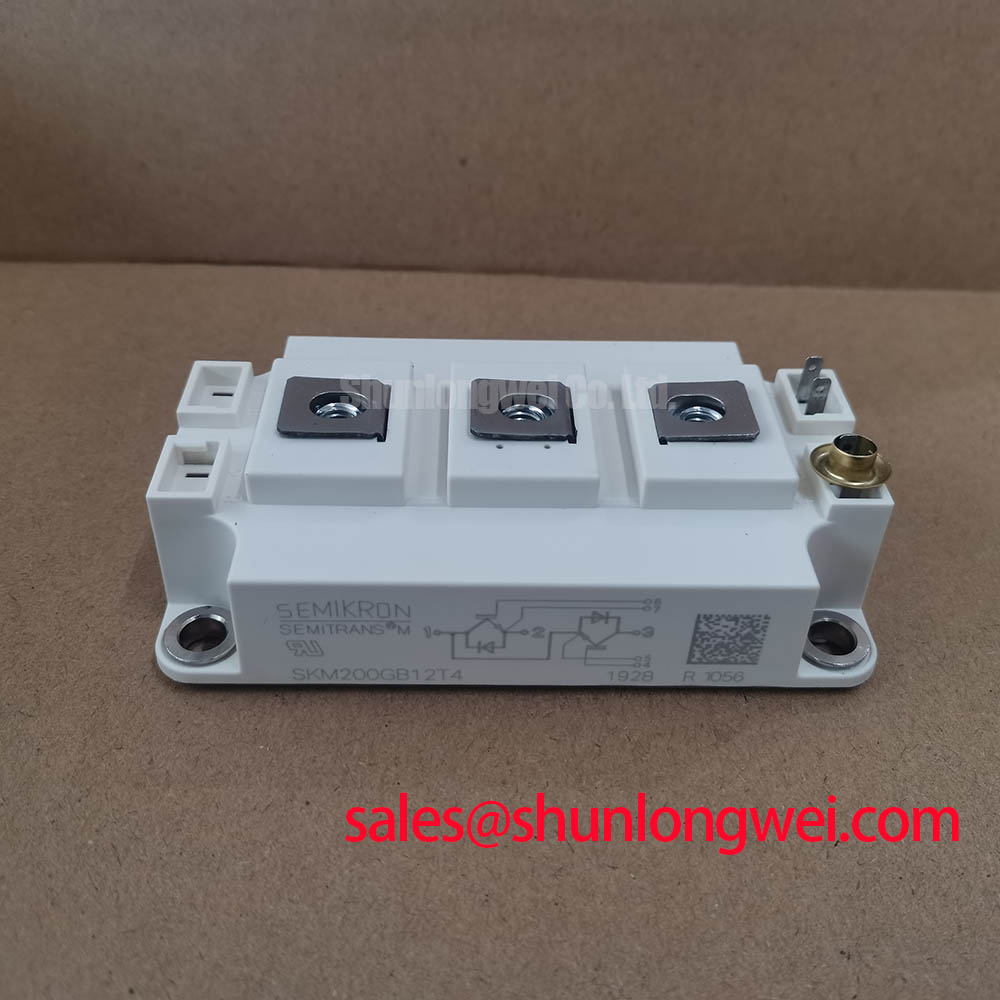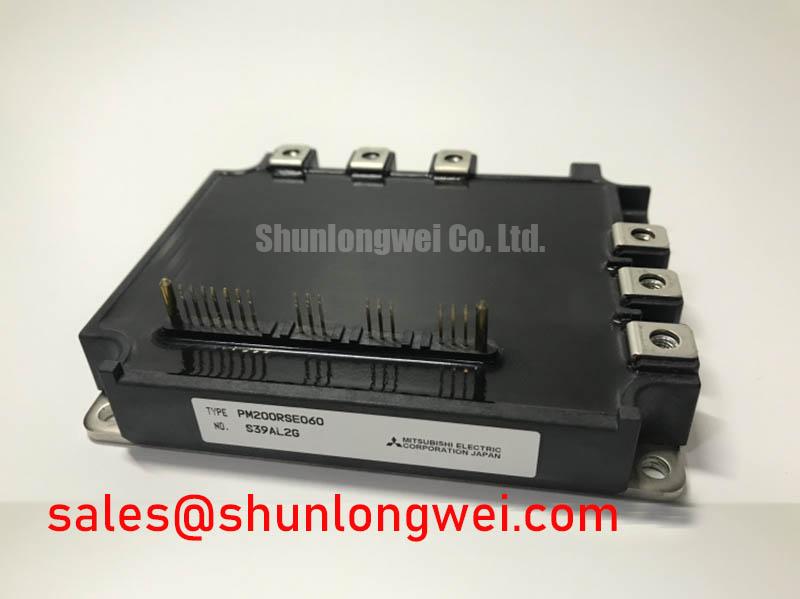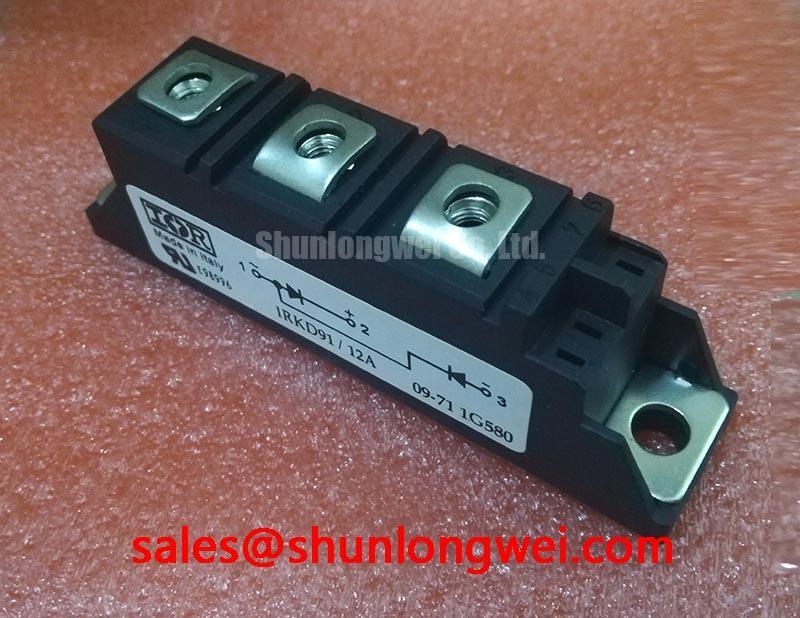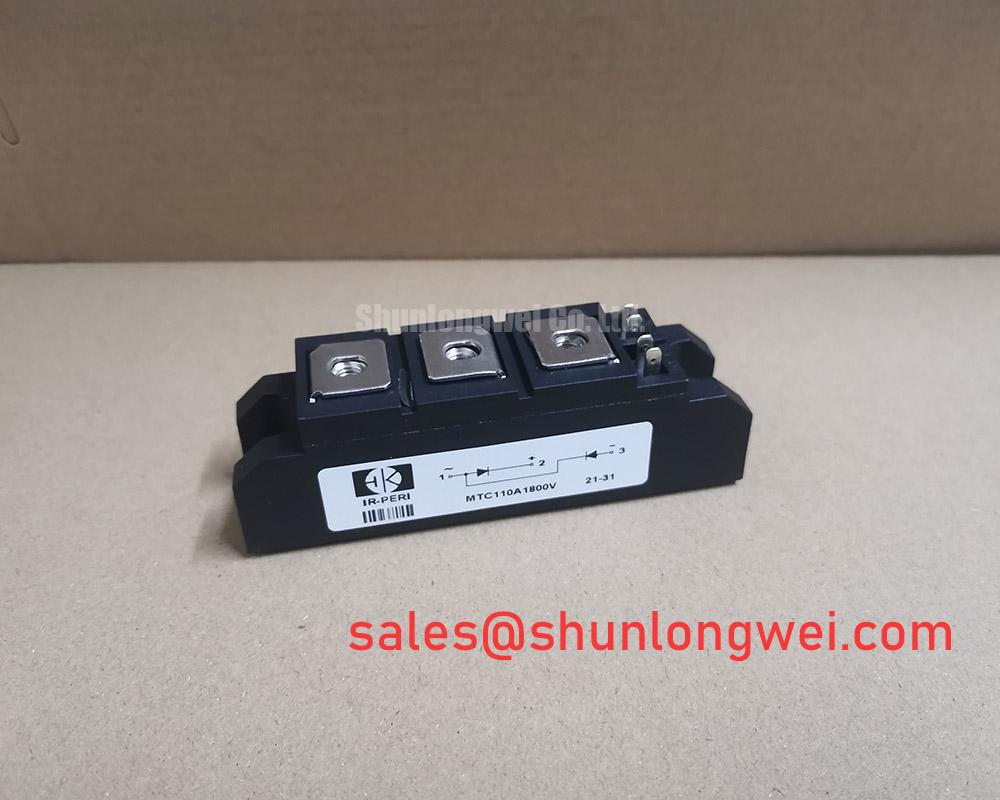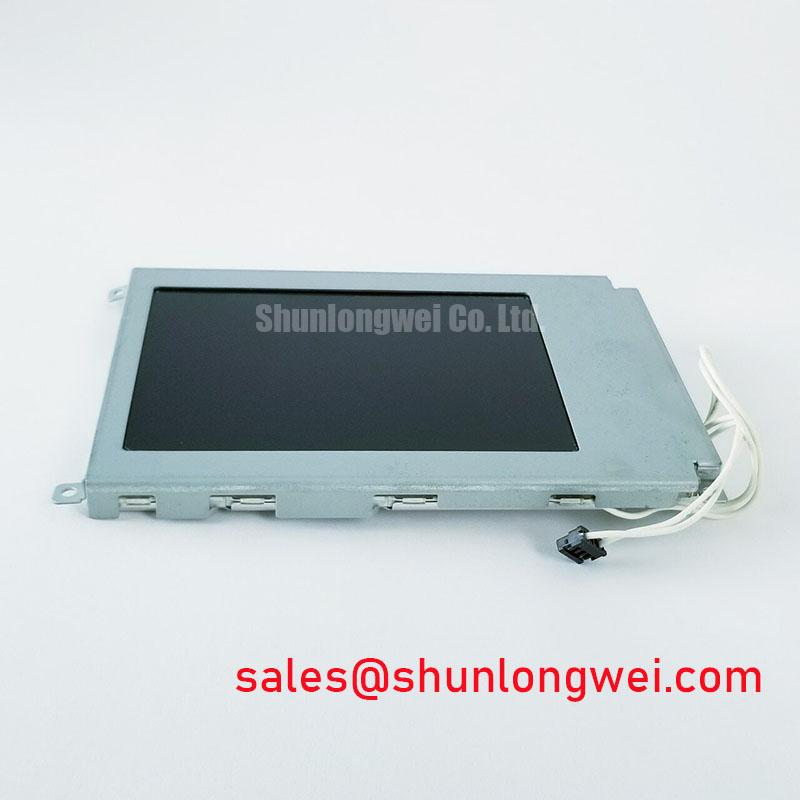Crydom M505013F Dual SCR Module Datasheet and Specs
Engineered for High Reliability and Thermal Stability
The Crydom M505013F is a dual SCR module designed for exceptional operational longevity and thermal stability in demanding power control applications. At its core, the module's design leverages a high-integrity alumina ceramic insulator and glass passivated junctions to deliver consistent performance. What are the key design features of the M505013F for reliability? The primary elements are its direct-bonded alumina insulator for superior heat transfer and glass-passivated junctions that protect against environmental degradation over the component's lifetime.
- Top Specs: 1300V VRRM | 50A IT(AV) | 2500V Isolation
- Key Benefits: Enhanced thermal management. High operational longevity.
Data-Centric Evaluation for Your Power Design
In power electronics, component selection is a process of matching datasheet specifications to application demands. The M505013F offers a transparent set of performance metrics to support this evaluation. This section provides a factual comparison based on key parameters, enabling engineers to make informed decisions without ambiguity. The focus is on providing the necessary data points for your system's specific requirements, such as thermal overhead, fault current survivability, and control circuit compatibility.
Deployed in Demanding Industrial Environments
While specific customer deployments are proprietary, modules with the construction principles of the Crydom M505013F are foundational in environments where uptime is critical. The use of robust materials like the alumina ceramic substrate is a hallmark of components intended for industrial-grade equipment. This design philosophy is frequently seen in applications such as industrial motor soft-starters and temperature control systems for processing plants, where both precise power regulation and the ability to withstand harsh electrical and thermal conditions are prerequisites for system integrity.
Technical Inquiries on the M505013F
How does the M505013F's common cathode configuration simplify AC power control design?
The common cathode arrangement allows two SCRs to share a single cathode connection. In single-phase AC phase-angle control circuits, this simplifies the gate drive circuitry and power wiring. It allows for direct control of both the positive and negative half-cycles of the AC waveform with a shared reference, reducing component count and potential points of failure in the control stage.
What is the significance of the 2500V isolation rating?
The 2500VRMS isolation voltage, enabled by the alumina ceramic base, is a critical safety and design parameter. It ensures that the high-voltage power circuit is safely and reliably isolated from the module's mounting baseplate and, by extension, the system's chassis. This high isolation voltage provides a significant safety margin, simplifies meeting regulatory compliance standards like UL, and allows the module to be mounted on a common, grounded heatsink with other components without risk of electrical shorts.
The Strategic Value of Reliability in Power Control
In modern industrial automation and power conversion, the emphasis is shifting from pure performance metrics to total cost of ownership (TCO). Component reliability is the cornerstone of this philosophy. The M505013F addresses this through its fundamental design. Features like glass-passivated junctions are not merely technical details; they are an investment in long-term stability. Passivation seals the active silicon element from humidity and contaminants, which are primary drivers of junction degradation and eventual failure. This contributes to longer mean time between failures (MTBF), reducing costly maintenance cycles and unscheduled downtime in critical systems like uninterruptible power supplies and battery charging infrastructure.
Engineering Specifications for the M505013F
The following parameters are derived from the official datasheet to aid in system design and analysis. For comprehensive details, please refer to the product documentation.
Electrical Characteristics (TC = 25°C unless otherwise specified)
| Parameter | Symbol | Value | Unit |
|---|---|---|---|
| Repetitive Peak Reverse Voltage | VRRM | 1300 | V |
| Average On-State Current | IT(AV) | 50 | A |
| RMS On-State Current | IT(RMS) | 78.5 | A |
| Peak On-State Voltage | VTM | 1.6 (at 157A) | V |
| Gate Trigger Current | IGT | 150 (Max) | mA |
| Peak Surge Current (60 Hz, 8.3ms) | ITSM | 915 | A |
Thermal and Mechanical Characteristics
| Parameter | Symbol | Value | Unit |
|---|---|---|---|
| Operating Temperature Range | TJ | -40 to +125 | °C |
| Thermal Resistance, Junction-to-Case (SCR) | Rth(j-c) | 0.5 | °C/W |
| Isolation Voltage (RMS) | VISO | 2500 | V |
| Weight | - | 100 (Typical) | g |
Proven Applications in High-Stress Power Systems
The robust construction and balanced electrical characteristics of the Crydom M505013F make it suitable for a range of AC and DC power control applications. Its capabilities are particularly relevant where controlled rectification or AC power regulation is required.
- Industrial Motor Control: Serves as the core power element in soft-starters for AC induction motors, providing controlled voltage ramping to reduce mechanical shock and inrush current.
- Controlled Rectifiers: Ideal for building regulated DC power supplies and battery chargers, where the phase-angle control of the SCRs (Silicon Controlled Rectifiers) enables precise output voltage and current regulation.
- Heater and Lighting Control: Provides an effective solution for high-power industrial heating elements and theatrical or architectural lighting systems requiring dimming or temperature regulation.
- Static VAR Compensators: Can be used in power quality systems for managing reactive power on the electrical grid.
For AC-input systems that require a simple, uncontrolled front-end rectifier stage, a diode module such as the MDD95-12N1B can be a complementary component. For systems requiring higher frequency operation or more complex control, a deeper analysis into different power architectures may be beneficial. You can explore the foundational principles of power module design in our guide on unlocking thermal performance.
Best Fit: For phase-controlled AC power systems up to 50A requiring high survivability, the M505013F's 915A surge rating makes it a superior choice.
A Closer Look at the Module's Construction
Understanding the internal structure of the M505013F reveals its design intent for long-term industrial service. The module's construction is centered on ensuring both electrical integrity and efficient thermal dissipation.
Interpreting Key Design Parameters
Thermal Resistance (Rth(j-c)): The specified 0.5 °C/W for the SCR is a critical metric for thermal design. This value represents the thermal bottleneck between the heat-generating silicon junction and the module's case. A lower value signifies a more efficient pathway for heat to escape. A helpful analogy is to think of thermal resistance as the narrowness of a pipe; the narrower the pipe (higher Rth(j-c)), the less heat can flow through it for a given pressure (temperature difference), leading to a higher operating temperature at the junction. The M505013F's low thermal resistance is a direct result of its alumina insulator, which acts as a wide, efficient "pipe" for heat extraction. What is the key to the M505013F's thermal performance? Its integrated alumina ceramic insulator ensures superior heat transfer.
Surge Current (ITSM): The 915A non-repetitive surge current rating is a measure of the module's toughness. It defines the maximum single-cycle surge the device can withstand without failing. This is paramount in applications connected directly to the AC line, where events like distant lightning strikes or utility switching can cause significant transient overcurrents. A high ITSM rating is a key factor in preventing catastrophic device failure under fault conditions. How are its junctions protected for longevity? They are glass passivated to prevent degradation and ensure stable operation.
To further explore the technical specifications or to discuss how the M505013F can integrate into your power assembly, please contact our technical support team. We can provide the data necessary to validate this component for your specific design and operational requirements.










